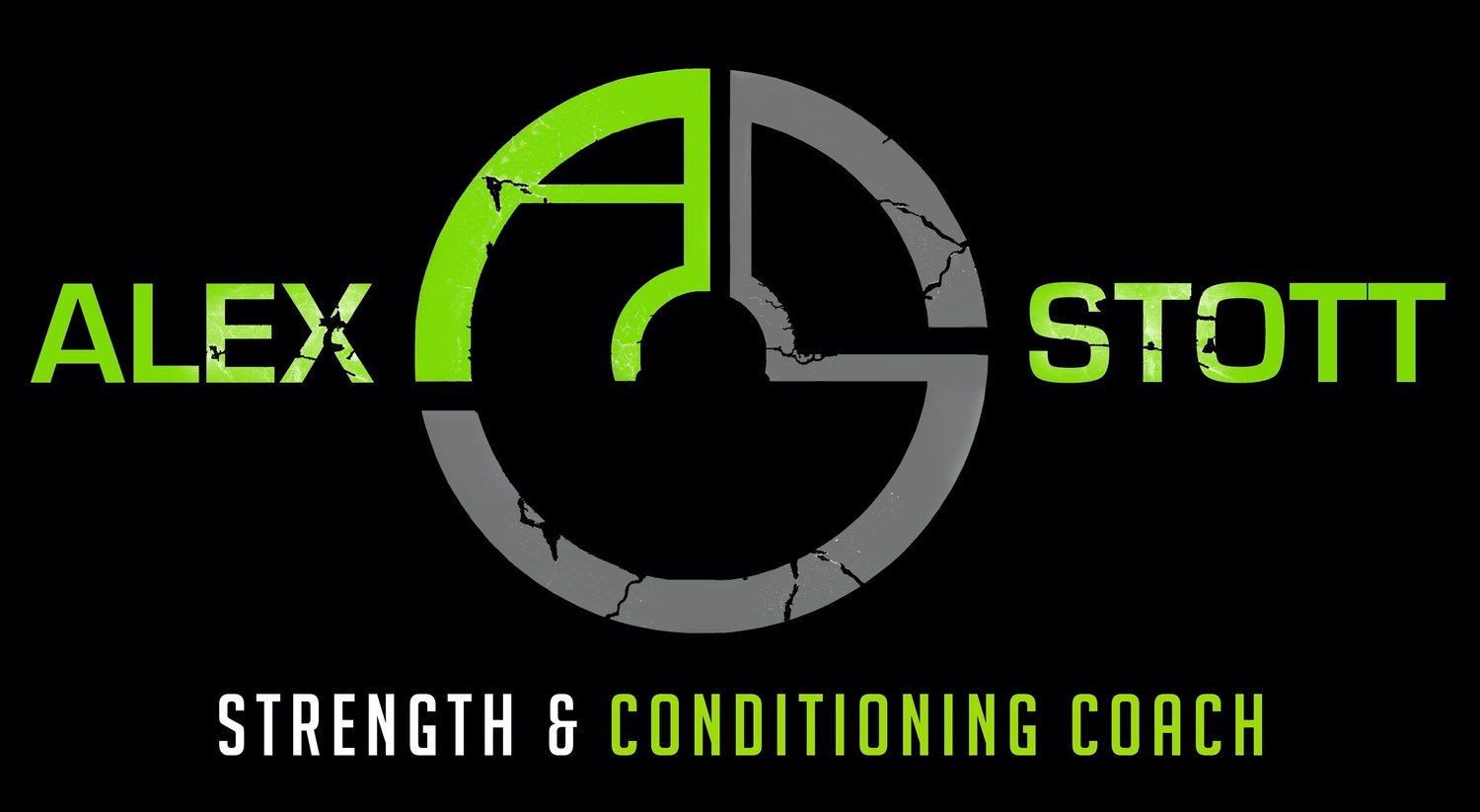THE MISCONCEPTIONS OF STRENGTH TRAINING
But I’m just going to get big and bulky right?
With sport coming back, the prospect of gyms opening back up if they haven’t already I thought it was time to debunk a few of the common misconceptions around strength training that could be holding back your performance.
But I don’t want to be big or look like a body builder…
Well guess what you won’t. Building muscle doesn’t happen by accident. Muscle hypertrophy occurs as a result of specific training and nutrition strategies aimed at creating physiological stress and an environment that will stimulate muscle growth.
Yes, training for strength might build some lean muscle because you are overloading the body, in general the overall volume will be too low to elicit significant muscle hypertrophy. So how is it going to benefit your performance and build strength without building muscle?
Strength training will elicit responses that fall in to two categories. Neuromuscular and muscle fibre responses. I won’t go into too much depth on these here and will delve into that in more detail in a later blog, however to give a brief overview.
Muscle fibre responses:
With strength training you will get a slight increase in the muscle fibre cross sectional area (this will create a slight increase in lean muscle), an increase in the peak power muscle fibres can generate, plus a slight shift towards a greater number of type II and IIa muscle fibres.
Neuromuscular responses:
This is where most of the magic happens with strength training. Strength training will increase the level of voluntary muscular contractions, increase the discharge rate of motor neurons, increased torque development rates in motor neurones, increased motor unit synchronisation and finally decreased co-activation of the antagonist muscles. Or in very simple terms strength training will increase the efficiency, speed and co-ordination of motor unit and muscle activation.
Combined the muscle fibre and neuromuscular responses produce an increase in both strength and power without large increases in muscle mass.
But strength training is only for strength and power sports athletes…
Strength training will benefit all athletes not just those competing in strength or power sports like rugby, sprinting or weightlifting.
Strength forms the foundation of all performance. If we look at endurance sports or events, the movement patterns are repetitive. A series of sub-maximal muscular contractions. Let’s look in more depth at a long distance runner, who for example before strength training can run a 10km at 7 minutes per km pace and squat 60kg. If with a block of strength training we can increase their squat to 80kg and improve glute strength and not drastically change their body composition, running at the same pace they would be working at a lower relative intensity and a lower percentage of their strength each stride. The result of this would be that they could maintain this pace for longer as the muscles are going to take longer due to an increase in the time to fatigue for the muscles due to them not being worked as hard.
The strength training for non-strength/power sports athletes will also benefit them in terms of improving both strength and health, joint stability and posture.
You have to lift big weights to build strength…
Yes being able to add resistance to a movement pattern creating overload and stimulating improvements in strength is the obvious approach, is it always needed? Simple answer is no.
Developing strength on a fundamental level requires us to provide a stimulus to over load the muscles we are targeting. We can achieve this overload by manipulating a number of variables from overall volume, tempo, weight or resistance through to just challenging movement patterns in new ways.
So do we need weights and resistance to get strong? No. We can overload the muscles using nothing but our own bodyweight, slowing the tempo of bodyweight movements will increase time under tension for muscles. Or we can challenging movement patterns by progressing from bilateral to unilateral movements (think bodyweight squats to split squats).
So for those individuals who really don’t enjoy lifting weights or don’t feel comfortable in that environment strength can still be developed.
Summary
To summarise while there are common misconceptions that strength training will just build huge amounts of muscle, strength training needs you to be lifting big weights or is only for those wanting to compete in strength or power sports these aren’t the case.
Nobody will accidentally end up building large amounts of muscle mass without creating a physiological environment to elicit that response. Strength can be developed anywhere using just your bodyweight through to weights depending on the environment individuals like to train in, their goals and training experience. Finally building strength is beneficial for everyone not just those competing in strength or power sports. Building strength will improve performance in endurance sports, tasks we face in daily life and will help to ensure your long term health.

